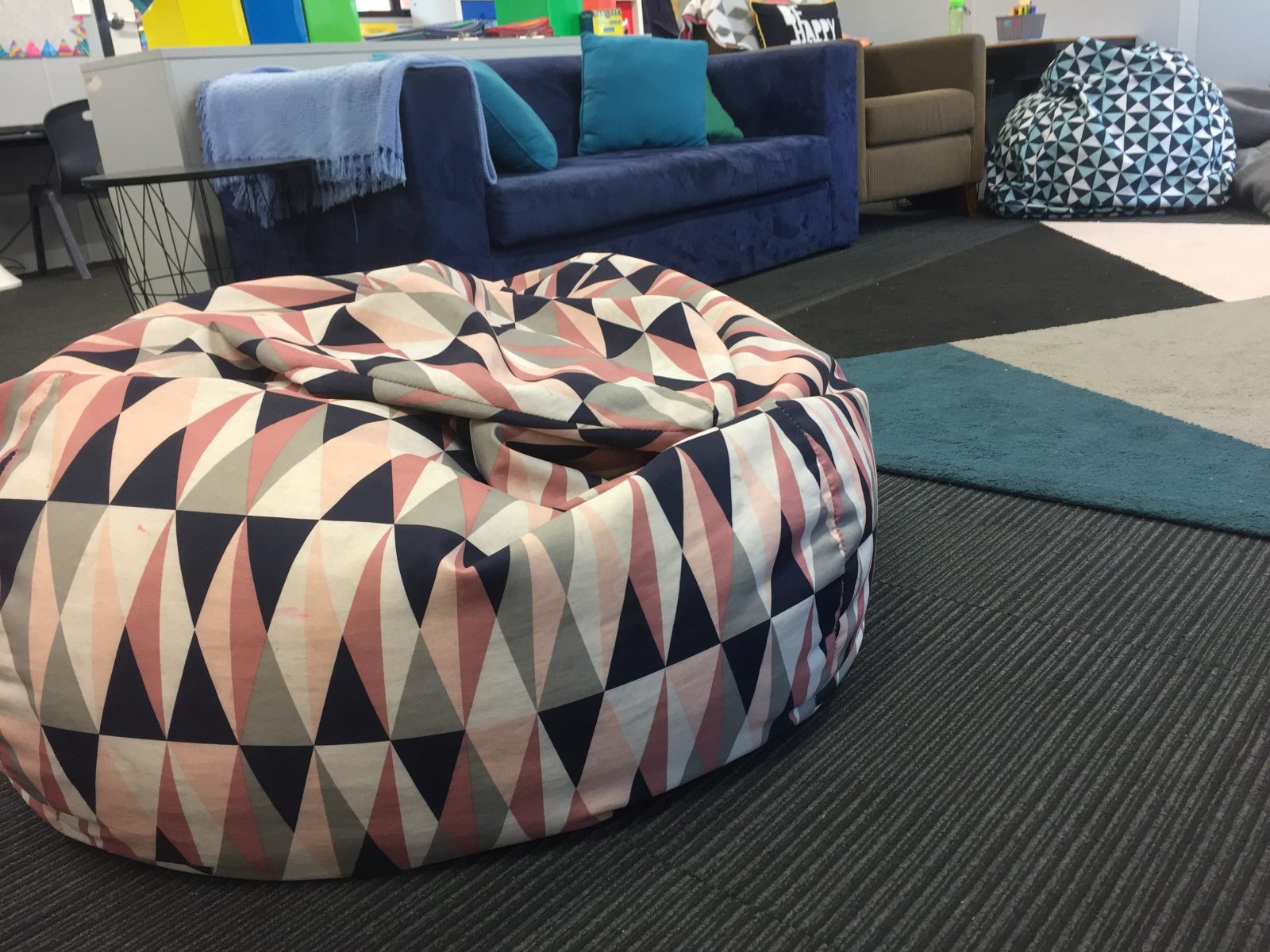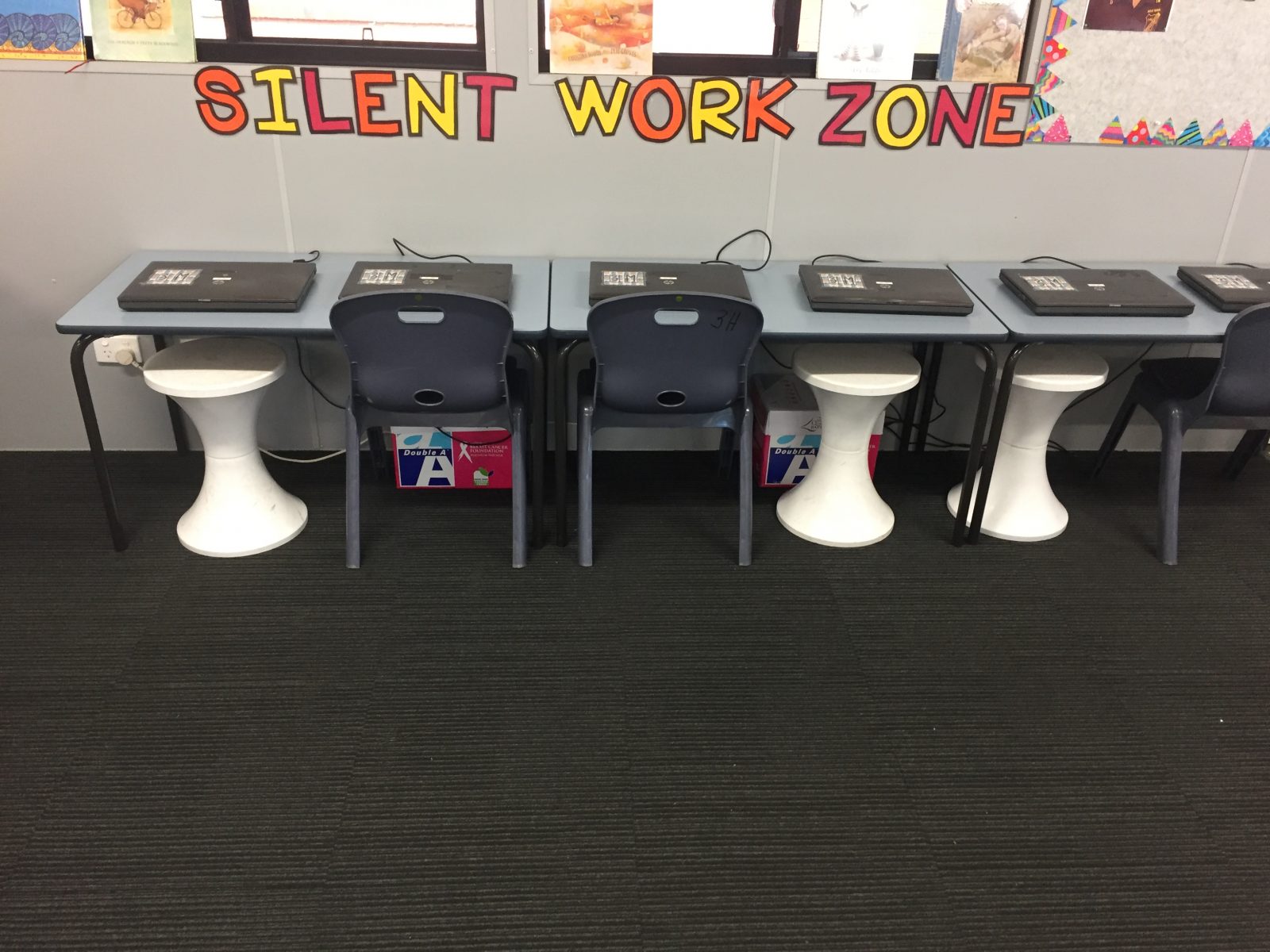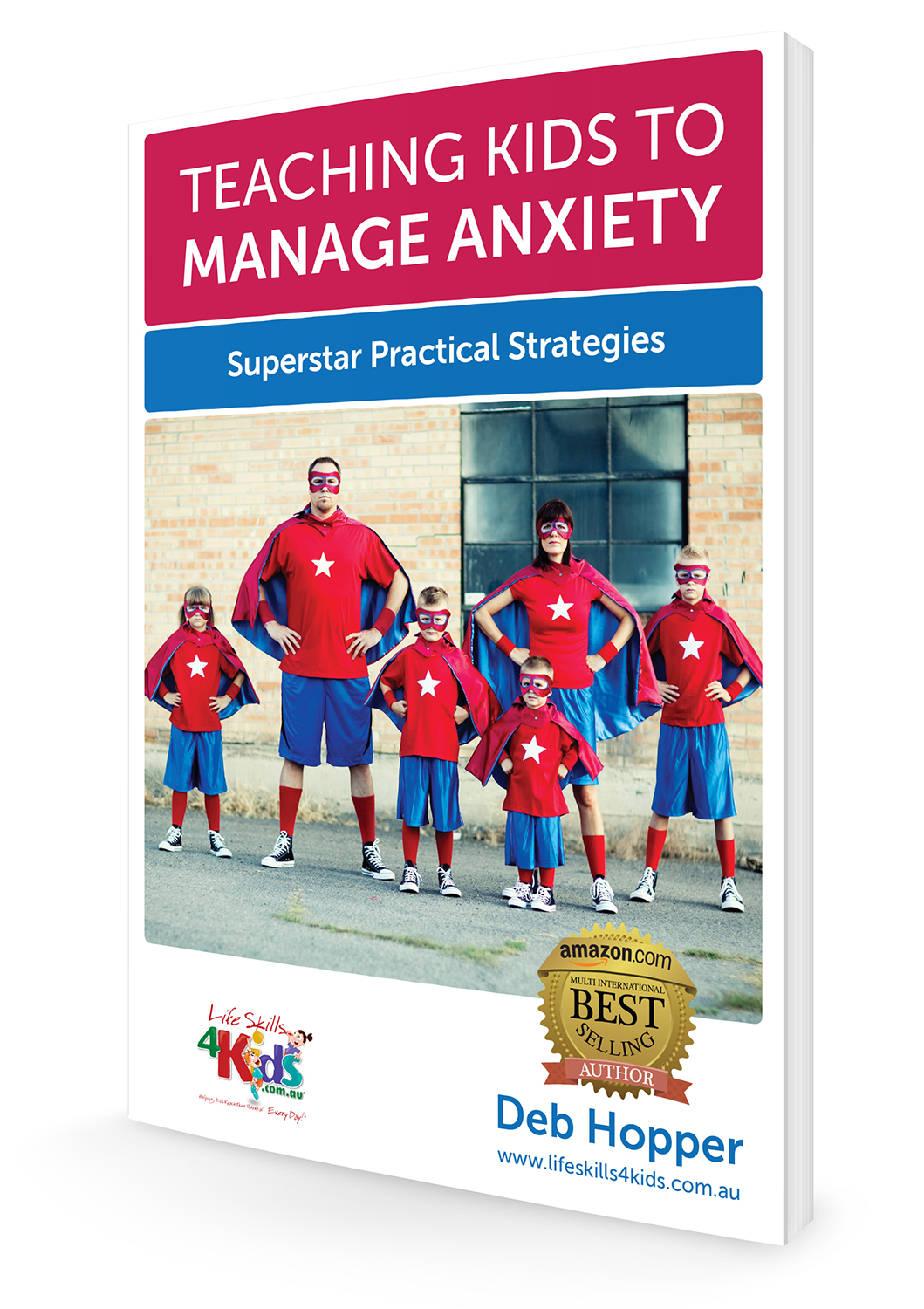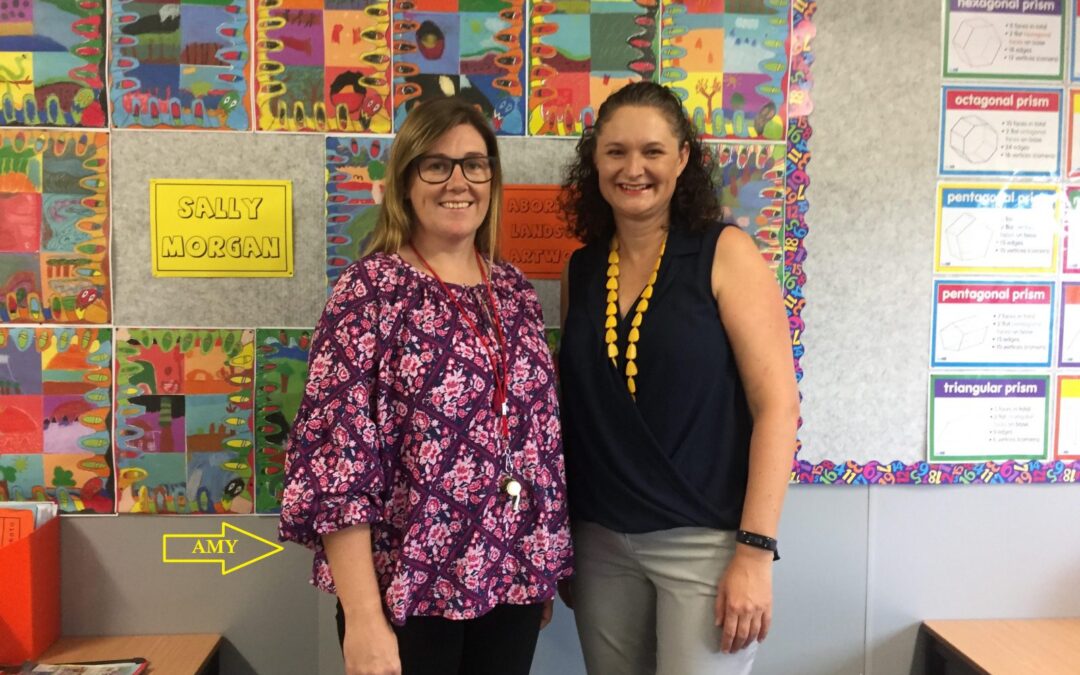Amy McGarry is an inspirational teacher at one of our local schools – the Forster Holy Name Catholic School, who has recently won an award for her amazing and innovative classroom environment.
I’m also very passionate (if you hadn’t noticed) about creating best practice learning environments in classrooms, and I had the pleasure of catching up with Amy in her classroom recently.
1. Hi Amy, please tell us a little about who you are, what year you teach and how long you have been a teacher.
I’m originally from Bathurst and moved to Forster in 2014 when I received a teaching position at Holy Name. This is my fifth year teaching and my second year on year three and I love it. I worked casually in Bathurst for half a year before accepting the position in Forster. My family used to holiday in Forster every Christmas when I was younger so it’s always been a special place for me and I sometimes still can’t believe I get to live and work in such a beautiful place.
2. What did the classroom look/feel/sound like before making changes?

The classroom looked and felt much smaller and cluttered. All of the desks were configured facing one way and took up most of the space, it didn’t allow for much movement for the children throughout the day. It was noisy with lots of teacher instruction and redirection trying to reinforce class rules and keep students on task.
3. Where there particular problems in the classroom? What wasn’t working?
There were problems with engagement or lack there of and the amount of work being completed. With all of the children facing the same way in the same space there were lots of opportunities for children to become distracted by others in front, next to or behind them. Other children had difficulty seeing the board and tracking from the board. And most children didn’t like sitting in a chair at a desk for most of the learning day.
4. Why did you feel the need to change your classroom?

I felt frustrated with the current space as it felt so crammed. I wanted to increase student engagement and get the children excited about learning. I had a vast diversity of needs to cater to in the classroom and felt that a flexible learning space could help cater to the varied needs of the students.
5. What inspired you to actually make the changes?
I had attended Professional Development courses on learning in general and there seemed to be a lot of teachers trying different things in their classrooms, with a huge focus of moving education into the 21st century. I thought the concept was interesting and exciting and I felt that the students would respond positively. I had nothing to lose so I just gave it a go.
6. What changes did you make?

I’ll admit that initially I was a bit skeptical of giving students free range of seating options, so I started quite small. I bought some stools and put them with a couple of cabinets that were already in the classroom, which formed a bench/standing work space. I also purchased a lounge, bean bags and storage containers that doubled as lap desks.
I then had to change classrooms and was able to purchase some furniture as it was a new classroom in the school. Instead of getting chairs for the room I chose wobble stools which the kids really love using. All of the desks are adjustable so they can be raised for students to stand at and/or lowered all the way down to coffee table height. Instead of having all of the desks in the room in one space, facing the same direction, I moved them to form work stations in all corners of the classroom.
Each child still has a desk to keep their books and personal items in, however they rarely sit at their own desk all day to work.
7. Where did you find information on how to change your classroom environment?
There are some great teachers writing blogs about their own classroom transformations, I took a lot of inspiration from them. I also read articles on flexible learning spaces and started following other teachers around the world who are posting on Instagram some amazing themed flexible learning spaces.
8. Were they difficult changes to make or implement?
The changes were relatively easy to make, however, the implementation was a little more difficult. I found with my year 5 class they were able to make good choices and not concern themselves with sitting on specific furniture or placing themselves next to friends. The lower grades have taken more time to implement effectively.
9. What does the classroom look/feel/sound like now?
The classroom looks and feels so much bigger now. Because the children are placed all around the room, there are less distractions and the amount of time spent redirecting or reminding children of expectation has been minimised. I’m not going to pretend its a perfect classroom, and there are certainly still behaviour issues that arise, but I am definitely not spending nearly as much time on these issues as I was in the past. Creating “work spaces” instead of individual desks has been really great for collaborative group work. It feels comfortable and definitely sounds much calmer.
10. What changes did you see as a result?

Allowing students the choice of how and where to complete their work has made them more accountable for the work they produce. I don’t have to spend time reminding children to stop swinging on their chairs and to sit up straight, or to turn around and work. Because all of the resources in the room are communal there’s no time wasted with children not being able to find a pencil or an eraser or losing their glue stick.
The biggest change I saw was the increase in engagement levels, which had a flow on effect resulting in less behaviour issues to deal with. Children with ADHD, ADD and/or sensory needs have benefited greatly using a flexible learning space as they’ve been able to regulate themselves and move their bodies when needed without needing to leave the classroom or without looking different from the other children.
Children were excited about their learning and thoroughly enjoyed moving around the room throughout the day and working in a variety of different spaces.
11. Have other teachers in the school started implementing the same things?
Yes, many teachers are experimenting with different pieces of furniture and a range of learning spaces in their classrooms. It’s great to bounce off and get ideas from each other.
12. I hear that you’ve received awards for your classroom. How did this recognition occur and have you been able to inspire teachers outside your school?
I was nominated by my peers for The Monsignor Frank Coolahan Award for Excellence in Teaching and was the successful recipient. I’m not sure if I’ve inspired teachers in my school but that it would be great if that was the case.
13. Will you continually implement these strategies every year

Absolutely. At the beginning of the year I structure the classroom the way I used to as it’s a new year with new kids and routines need to be put in place. About half way through Term 1 this year I rearranged the classroom and the children have adjusted really well to the space. I know myself when I have work to do myself I’ll sit at the kitchen bench or work on the lounge, sometimes at the kitchen table and sometimes on the floor. A desk with a chair doesn’t work for everybody and I see real value in allowing students to work in a comfortable space that allows them to produce their best work.
THANKS AMY! You are doing an amazing job!
We are looking for other amazing teachers to interview and promote their sensory safe and innovative classrooms. If you would like to apply to be featured in our best practice classrooms blogs, please email teachers@lifeskills4kids.com.au.
Teaching Kids to Manage Anxiety: Superstar Practical Strategies (eBook)
Kids today are growing up in a fast-paced world where information and opportunity overload can be overwhelming.
Based on many years of clinical experience as an Occupational Therapist, Deb Hopper has been using her Just Right Kids® Model to teach children to communicate and manage their stress and anxiety by:
– Identifying their “body speed”,
– Understanding their stress triggers, and
– Implementing simple strategies to reduce anxiety and stress.


